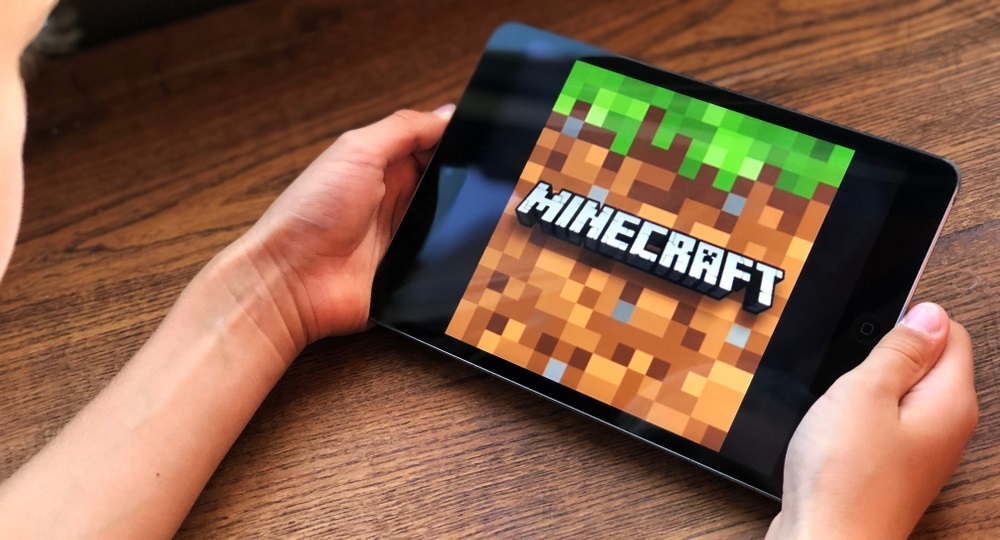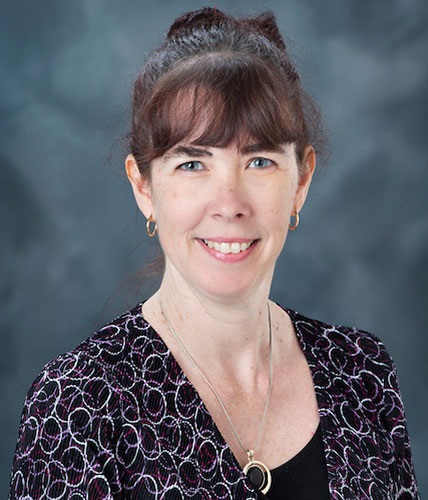 KATE KRAV-RUDE/SHUTTERSTOCK
KATE KRAV-RUDE/SHUTTERSTOCK
In our current pandemic situation, extended school closures and fears about reopening them for in-person learning have created an environment in which many parents are having to rely on solitary activities to keep their children engaged. This is not bad in itself, but as the pandemic shows no sign of abating, a report released this summer from Columbia University finds that many families are growing increasingly concerned about the potential negative effects of their children going too long without social interactions at exactly the age when they need to be practicing them.
A recent nationwide analysis shows state education agencies have been grappling with how to address social-emotional learning as part of their reopening efforts. The important question for those of us serving students during the current COVID-19 situation is how do we look out for a child’s physical health and well-being without simultaneously sacrificing their need to learn how to work and interact with others.
In the past three years, I have had the privilege to partner with some outstanding certified elementary teachers in offering an innovative after-school program as part of the 21st Century Community Learning Centers federal grants program.
Educational research has repeatedly found that when we work with a diverse group of people to develop an idea or solve a problem, the results we produce are stronger than what we tend to come up with on our own. This is a big reason why collaborative learning, working together with a partner or in small groups on a shared task, are important experiences in the elementary years.

Kristin H. Javorsky
In our after-school program, we have experimented with a variety of different project-based approaches and have seen great results. However, as I ponder the new question we now face, one of our program ingredients stands out to me as the potential secret sauce: virtual worlds.
When used thoughtfully, virtual worlds such as Minecraft can be an ideal place for students to experience affirming social interactions and work collaboratively to solve problems or create new ideas without having to be together in person. In our after-school program, first through fourth grade students used Minecraft installed on iPads to practice the seven habits of the Leader in Me program adopted by the school district.
A grade-level cohort of 20 to 24 students was divided into much smaller workgroups of three or four students, with each assigned to its own virtual world where, in the form of their avatars, they were greeted by their teacher. With the creation of their world, the teacher gave each small group a specific construction challenge that required collaboration to complete. A security-protected Minecraft server allowed the teacher to then move among multiple virtual worlds and monitor student activity.
By also providing students with printed Minecraft handbooks and encouraging everyone to utilize the chat feature of the program, the teacher was able to interweave reading, writing, character education and STEM in approximately 45 minutes of screen time. The teacher’s role during each construction challenge was primarily to act as a facilitator, monitoring the chat boxes and visiting the different worlds to engage directly with the student avatars.
Real results in virtual worlds
As they became more adept with Minecraft, the students began to take on real-world leadership roles, generating their own construction challenges that then quickly spread to the other small groups, creating an air of competitive excitement in the midst of the teamwork.
“My goal was to get them to build a community and build things they wanted in their community,” explained Devan Boatner, the computer lab teacher in charge of our Minecraft Leader in Me program.
Well-timed screenshots of constructions in progress along with records of the ongoing chat boxes served as the teacher’s assessment tools, capturing students’ thought processes and work products as they negotiated, collaborated and validated each other’s efforts online. The chat boxes also revealed something else exciting to the teacher as time in the virtual world together went on — students’ spelling was improving and the sentences they typed to one another were getting longer, suggesting that writing skills were being positively impacted by the need to rely on them more heavily for effective communication in a virtual world.
Despite all the successes shared here, it is important to note that our students worked in their virtual worlds while still being on site at the after-school program, making technology issues when implementing something like this much easier and quicker to address. The students may also have felt some social connectedness through the simple act of sitting in the same room together.
Even so, the teacher reported that the students easily immersed themselves in their virtual worlds, sharing that a student would frequently call out, telling her to “check your chat box!” rather than address her directly. Students seemed to adhere to an unspoken agreement that Minecraft was where they should look for one another. In these uncertain times, a virtual world might be just the place for more of us to start heading.
Kristin H. Javorsky, Ph.D., is an assistant professor in the Department of Curriculum, Instruction and Special Education at Mississippi State University, where she researches how technology is changing the landscape of early literacy and helps prepare future elementary teachers.































